Garden Bullies: 5 Plants I’d Never Plant (And How to Fix It If You Did)
Alright, let’s have a real talk. I’ve spent a couple of decades knee-deep in gardens—the good, the bad, and the downright jungle-like. I’ve seen stunning spaces that grow more beautiful with time, and I’ve been hired to wage war on gardens turned into a tangled mess by one single, seemingly innocent plant.
In this article
These are the plants that, honestly, keep landscapers in business. But I’d much rather you enjoy your backyard than spend your weekends fighting it.
Perennials are supposed to be the backbone of your garden, right? You plant them once, and they come back year after year. But that same persistence can be a double-edged sword. Some don’t just persist; they conquer. They steamroll your other plants, mess with your soil, and turn a relaxing hobby into a frustrating, never-ending chore. This isn’t about shaming flowers, but in a typical home garden, some of these guys are just a recipe for regret. This guide is straight from the trenches—let’s dive in.
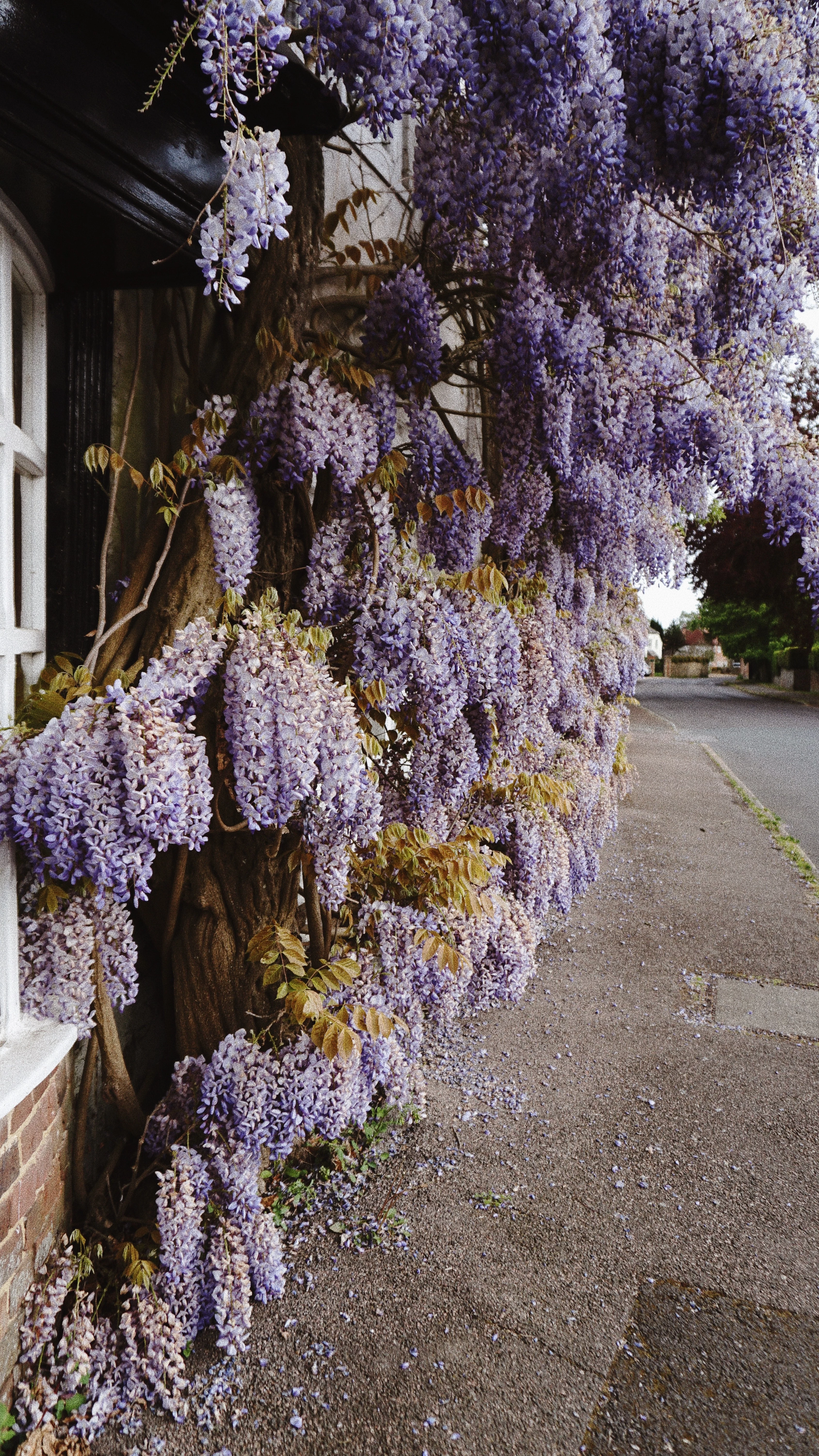
The Secret Weapons of Garden Thugs
Before we name names, you’ve got to understand the enemy’s tactics. Knowing how they operate is the key to understanding why just yanking them out of the ground rarely works.
Underground Runners (Rhizomes): Imagine an underground stem that just pushes horizontally through the soil, popping up new plants wherever it feels like it. Think of Goutweed or Lily of the Valley. The real danger? You can’t see the invasion happening. By the time new shoots appear two feet away, it’s already a full-blown network. And here’s the kicker: any tiny piece you leave behind in the soil will gleefully sprout into a whole new plant.
Above-Ground Runners (Stolons): These are a bit like rhizomes, but they crawl along the surface of the ground. Periwinkle is the classic example. Every spot a stem touches the soil, it puts down roots and starts a new plant. They’re easier to see, sure, but they form a dense, smothering mat that chokes out everything underneath, creating a boring monoculture.

Aggressive Self-Seeding: This one’s pretty obvious, but incredibly effective. Some plants are masters at producing an insane amount of seed designed to travel far and wide. The issue isn’t just the sheer volume, but how long those seeds can lay dormant in the soil. You might clear an area and think you’ve won, only to have a fresh new crop sprout the next time you disturb the dirt.
The Most Wanted List: Problem Perennials & My Experience
Here’s my personal list of plants I strongly advise homeowners to avoid. I’ll tell you why they’re so tempting, how they’ll take over your life, and what it really takes to fight back.
1. Lily of the Valley
The Allure: Oh, that scent. It’s the smell of spring—clean, classic, and absolutely beautiful. The dainty little white bell-shaped flowers are just charming, and it thrives in the shade, which is a tough spot for many gardeners to fill. It seems perfect.
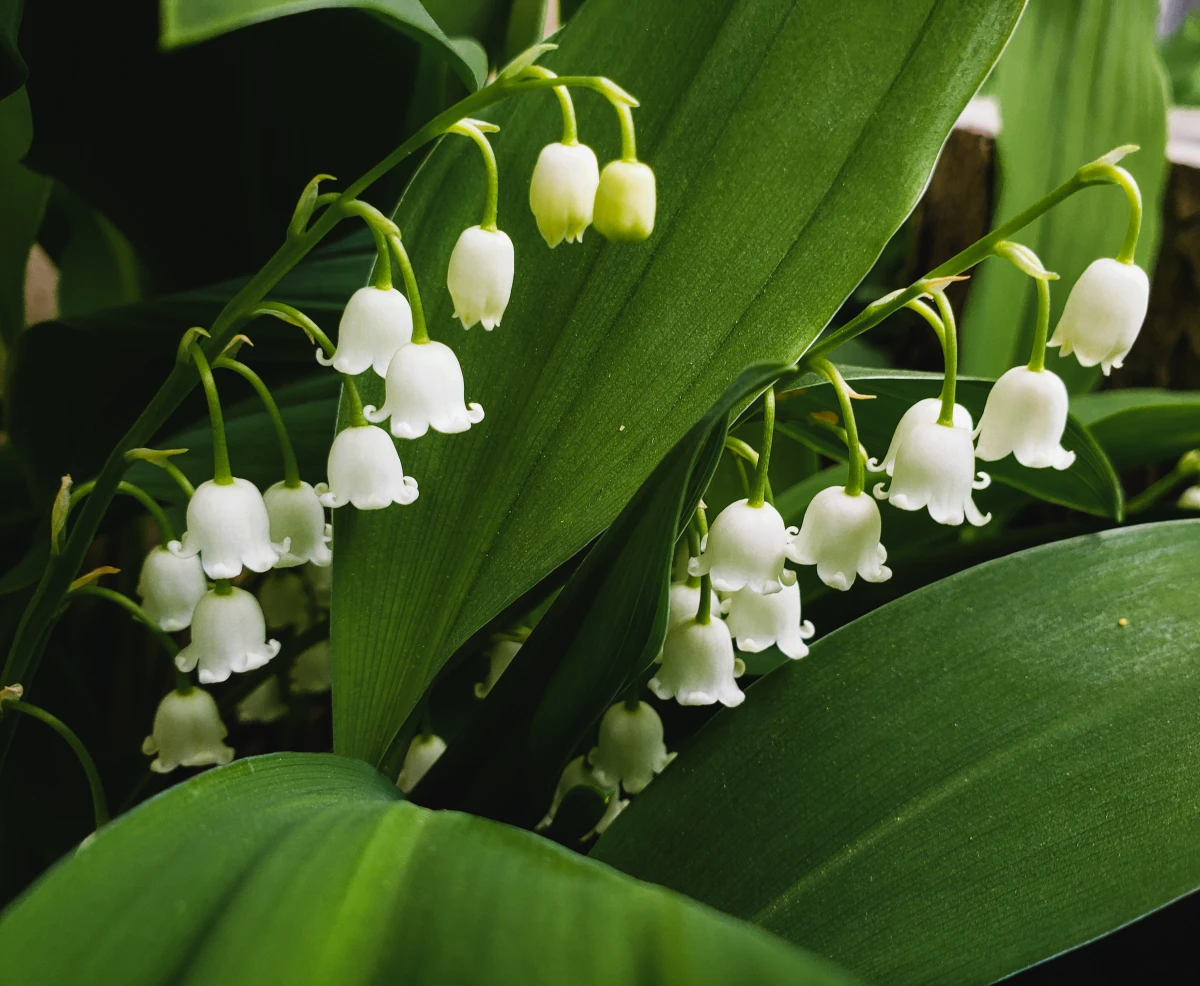
The Brutal Reality: This plant is a silent, ruthless killer. I once worked on a garden where a small patch had been planted under a big oak tree. A decade later, it was a suffocating six-inch-thick mat that had completely swallowed and killed a priceless collection of rare hostas. We spent days on our hands and knees, trying to pry the hosta roots from the tangled web. It was heartbreaking.
Heads Up! A Common Mistake: Never, ever toss the dug-up roots and stems into your compost pile. You’re not getting rid of it; you’re just cultivating it in a new spot. It will happily take over your compost and then spread to wherever you use that compost next.
How to Actually Get Rid of It:
- The Manual Way (for the very patient): This isn’t a simple shovel job. You have to dig out the entire bed at least a foot deep. Then, you have to sift all of that soil, by hand or with a screen, to remove every single piece of the white, pipe-like rhizome. Plan on this taking an entire weekend for a small 5×5 foot patch.
- The Smothering Method (more reliable): Dig out what you can, then cover the entire area with a double layer of heavy cardboard. Ask for large appliance boxes at stores like Home Depot or Lowe’s; they’re thick and free! Overlap the edges by at least six inches. Cover that with 4-6 inches of wood chips. Now, you wait. This has to stay in place for at least two full growing seasons to work.
A Critical Safety Warning: All parts of this plant are highly toxic if eaten—leaves, flowers, and the little red berries that show up later. It’s a serious risk for kids and pets. Always wear gloves when handling it.
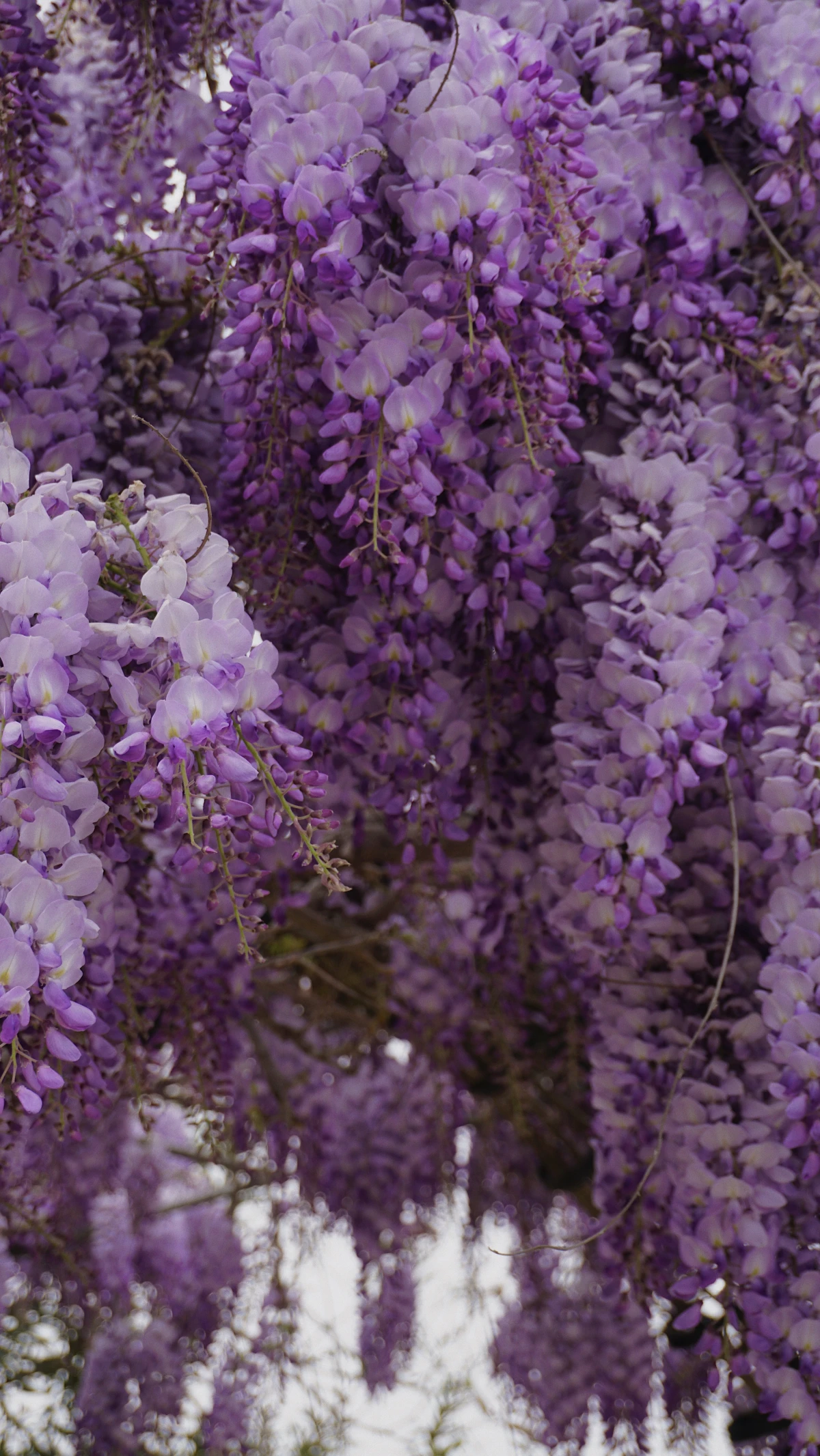
Better, Saner Alternatives: For a shade-loving groundcover with interesting leaves, look for Wild Ginger. It’s a slow-spreading native that forms a lovely mat over several years but is easily managed. For fragrant white flowers in the shade, try Sweet Woodruff. It can also be a vigorous spreader in happy conditions, but it’s a thousand times easier to pull out and control.
2. Non-Native Wisteria
The Allure: Who doesn’t dream of a pergola dripping with those long, romantic purple flower clusters? It has an enchanting, old-world vibe and grows incredibly fast, promising quick coverage.
The Brutal Reality: The non-native Asian varieties are absolute monsters. Their growth isn’t just fast; it’s destructive. The woody vines have immense crushing power—I’ve seen them tear gutters from houses, shatter heavy-duty trellises, and literally strangle mature trees to death. This quickly becomes a structural issue, not just a garden problem. Plus, the roots send up suckers 30 feet away from the original plant.
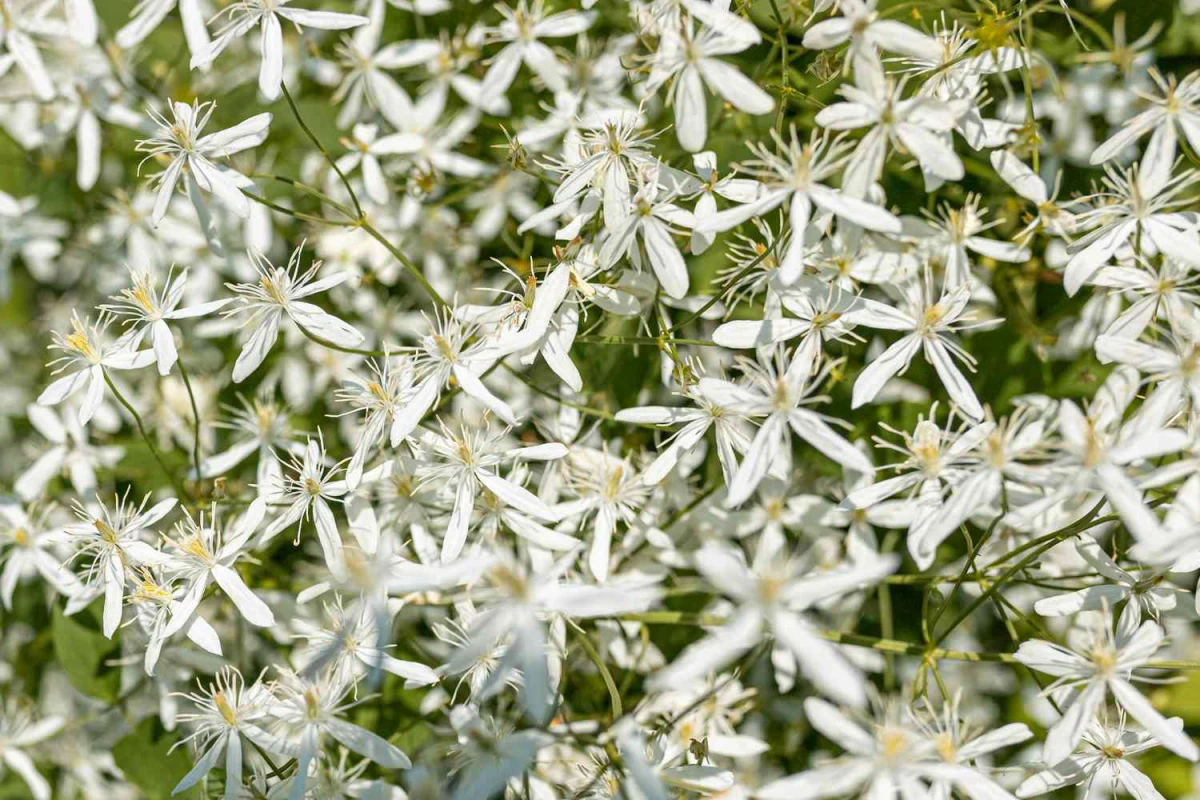
Heads Up! A Common Mistake: Letting it grow directly onto your house siding or porch railings. Always, always install a very sturdy, freestanding trellis or support system at least one foot away from any structure. This gives you room to prune and keeps the vine from destroying your home.
How to Actually Get Rid of It:
- Call a Professional. Seriously. For an established plant, this is not a DIY weekend project. Attempting to just rip the vines off can pull down the structure they’re on.
- The Process: A pro will cut the main trunk near the ground. The stump must then be immediately treated with a potent herbicide to kill the massive root system. Expect to pay anywhere from $500 to $2,000+ for professional removal, depending on the size and location.
- The Aftermath: Even after professional treatment, you’ll be patrolling for and pulling up suckers for several years. It’s a long-term battle.
Better, Saner Alternatives: You can still get the look! Seek out the native American Wisteria. It is much less aggressive, with smaller (but still beautiful) flower clusters. Another fantastic choice is Trumpet Honeysuckle, a non-invasive vine that hummingbirds absolutely adore. Just be sure you’re getting the native honeysuckle, not its invasive cousin.
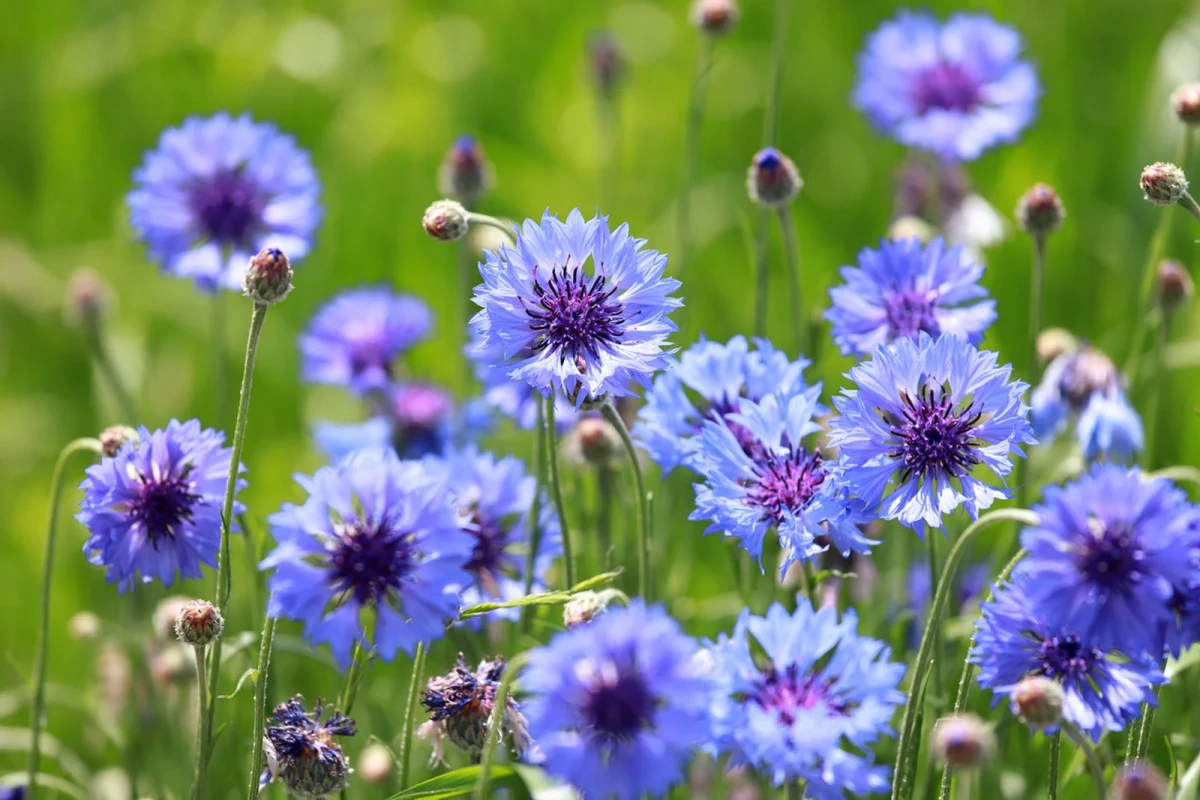
3. Goutweed / Bishop’s Weed
The Allure: The variegated green-and-white leaf version is cheerful and bright. It fills in tough spots—deep shade, poor soil, dry conditions—in a flash. It looks like the perfect, low-maintenance groundcover.
The Brutal Reality: In my opinion, this is the single worst perennial pest you can introduce to your garden. I’m not exaggerating when I say I’ve had clients consider moving because they couldn’t eradicate it. Its brittle white rhizomes snap if you look at them wrong, and every fragment left behind sprouts a new plant. It will grow through asphalt and weave itself so tightly into the roots of shrubs that you can’t separate them.
Heads Up! A Common Mistake: Using a rototiller to get rid of it. This is the absolute worst thing you can do. A rototiller will chop the rhizomes into thousands of tiny pieces, essentially planting them for you and making the problem a hundred times worse in a single afternoon.
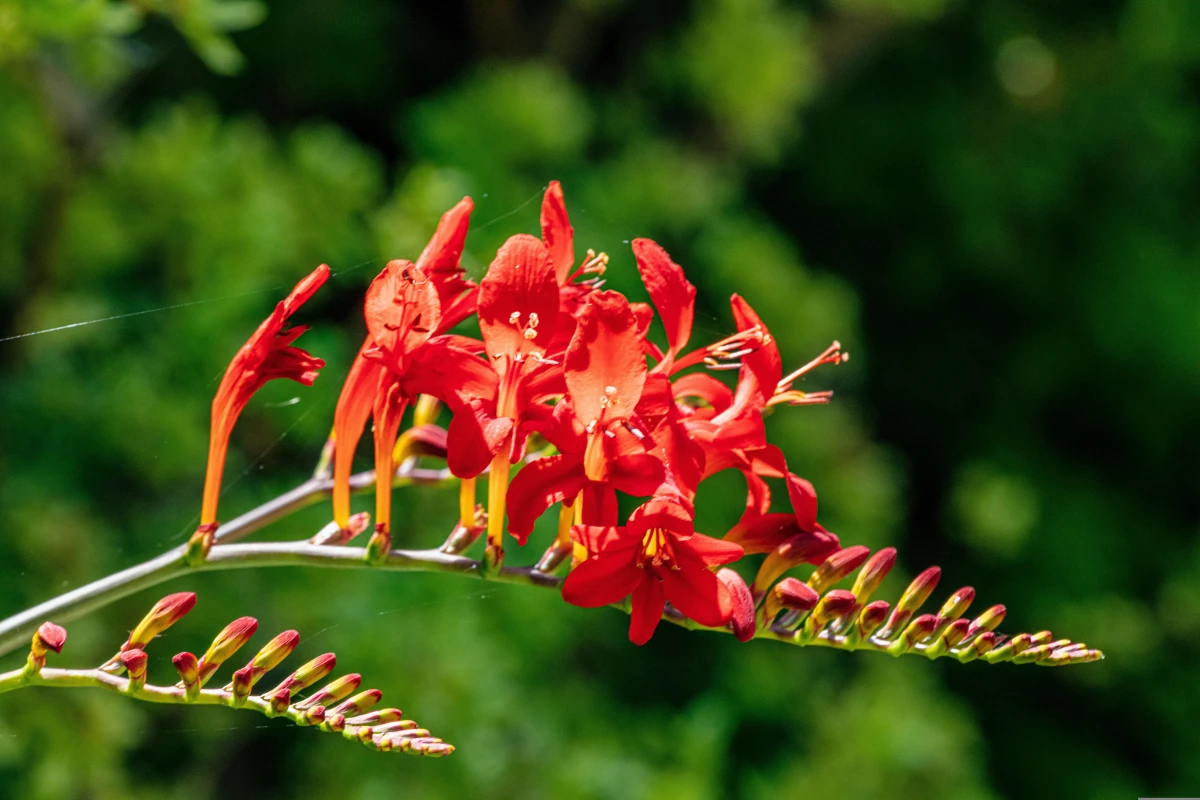
How to Actually Get Rid of It:
- The Painstaking Dig: As with Lily of the Valley, you have to dig up the area and sift every last bit of soil. It’s slow, agonizing work. For a 10×10 foot area, you’re looking at 15-20 hours of hard labor, minimum.
- The Smothering Method: This is your best non-chemical bet. Dig out the top layer, then use the cardboard and mulch technique described earlier. Be prepared to leave it covered for two full years, and be vigilant about killing any shoots that try to escape around the edges.
Better, Saner Alternatives: For a variegated look in the shade, try Variegated Solomon’s Seal. It has an elegant, arching form and behaves itself beautifully. For a tough spot, some varieties of Lamium (like ‘White Nancy’) are much easier to manage. They spread but are shallow-rooted and simple to pull up if they overstep their bounds.
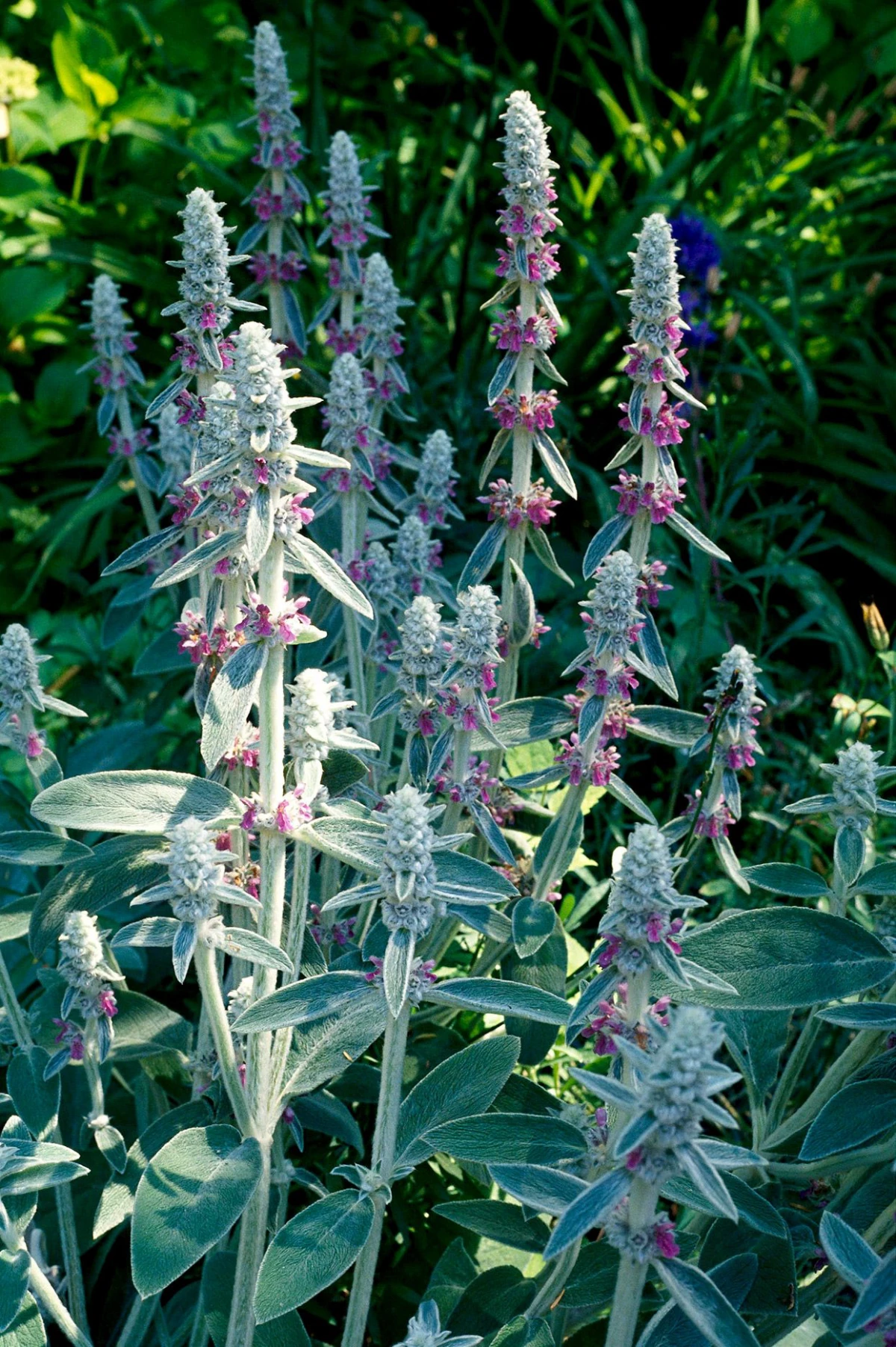
4. Periwinkle / Myrtle
The Allure: It’s a classic for a reason. It has lovely glossy evergreen leaves and sweet little blue-purple flowers in the spring. It’s also fantastic for controlling erosion on a tricky slope where nothing else seems to grow.
The Brutal Reality: While it solves erosion, it creates a biological desert. It spreads with above-ground runners, forming a tangled, impenetrable mat. Nothing can grow through it—especially not our native wildflowers and seedlings. It often escapes gardens and invades nearby woods, where it does serious ecological damage. Many states now list it as an invasive species of concern.
Heads Up! A Common Mistake: Planting it at the edge of your property, especially if it borders a natural or wooded area. It will absolutely escape and become a problem for the wider environment. It doesn’t respect property lines.
How to Actually Get Rid of It:
- Hand-Pulling (for small patches): The best time to do this is after a good rain when the soil is soft. You have to be meticulous—trace each runner back and pull up the entire stem.
- Scalp and Smother (for larger areas): Use a string trimmer to cut everything down to the ground. Then, cover the area with a heavy, light-blocking tarp (or the cardboard/mulch method) for one full growing season to kill the roots.
Better, Saner Alternatives: Want a native evergreen groundcover? Partridgeberry is a wonderful choice with small flowers and pretty red berries. For a flowering groundcover on a slope, look no further than Green-and-Gold. Unlike Periwinkle’s smothering mat, it grows in polite clumps that allow other plants to coexist and it’s covered in cheerful yellow flowers.
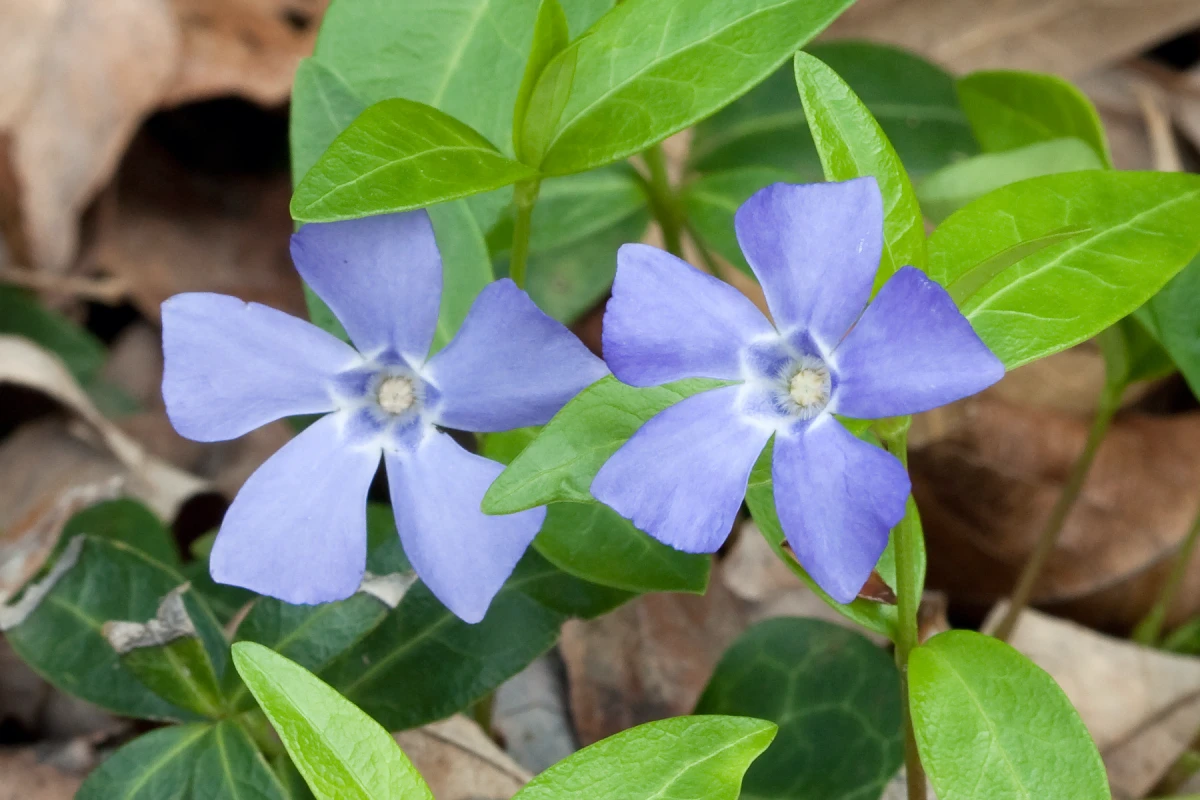
5. Sweet Autumn Clematis
The Allure: In late summer, this vine explodes in a fragrant cloud of tiny white flowers. The smell is heavenly, and it can cover an ugly fence in a single season. It’s an impressive display.
The Brutal Reality: This plant is a seeding machine. After the flowers fade, they’re replaced by fluffy silver seed heads that the wind carries everywhere. And I mean everywhere. Your lawn, your flower beds, your neighbor’s yard, the park down the street… Its vine is also so vigorous it can easily smother and kill mature shrubs.
Heads Up! A Common Mistake: Enjoying the flowers and then walking away. If you grow this plant, deadheading is not an optional chore; it’s a mandatory responsibility to prevent its spread. You must cut off all the spent flowers before they turn to seed.
How to Actually Get Rid of It:
- Cut and Dig: Cut the vine at its base and dig out the entire root crown. It’s a woody, tough root system, so bring a sharp shovel or even an ax.
- Patrol for Seedlings: This is the long-term commitment. For the next few years, you’ll need to regularly patrol your property and pull up the inevitable seedlings that will sprout from the seeds already in the soil.
Better, Saner Alternatives: For the same look without the invasive headache, find the native Virgin’s Bower. It looks very similar and blooms around the same time, but it’s not invasive and provides better support for local pollinators.
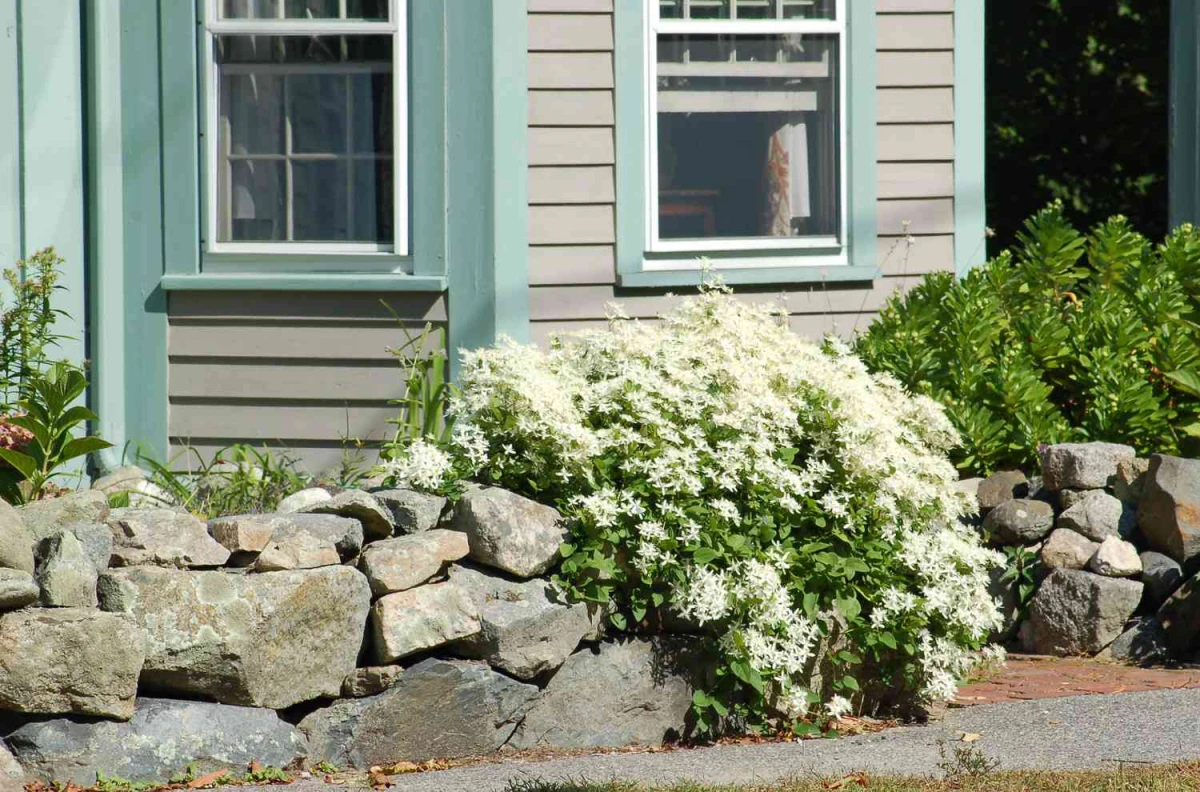
The Last Resort: How to Contain a Garden Bully
Okay, so maybe you inherited one of these plants and have a sentimental attachment. If you absolutely must keep it, you have to contain it. This is not optional.
For plants that spread by runners, like Goutweed, you can try installing a root barrier. You’ll need to buy a specific product—usually a thick, heavy-duty plastic roll—from a specialty landscape supply store. Dig a trench at least 18 to 24 inches deep around the entire plant, install the barrier, and make sure it sticks up an inch or two above the soil. To be frank, it’s a ton of work and it’s not foolproof.
A safer bet for many of these is to grow them in a large, sturdy pot. This physically contains the roots, but remember that a pot is not a solution for aggressive self-seeders like Sweet Autumn Clematis.
Now What? How to Dispose of the Debris
This is a step people always forget. You’ve spent hours digging up Goutweed rhizomes or pulling Periwinkle vines. What do you do with the pile?
Do NOT compost it. Do NOT toss it in a brush pile. You will just spread the problem. The only safe way is to completely destroy it. The best method is solarization: pile all the plant debris on a black tarp in a sunny spot for a few weeks until it’s completely dry, brown, and dead. Once it’s crispy, you can bag it up and put it in the trash. Check your local municipal rules, as some have specific guidelines for invasive plant disposal.
When to Swallow Your Pride and Call a Pro
You can often handle a small patch yourself, but sometimes you need to call in the cavalry. It’s time to hire a professional landscaper or restoration company if:
- The plant covers a large area (more than a couple hundred square feet).
- It’s damaging structures, like Wisteria on your house.
- It has spread to a neighbor’s yard or a natural area.
- You need to use chemical controls. Professionals are licensed and know how to apply them safely and effectively.
Choosing the right plants from the start is the best way to guarantee a garden that brings you joy, not a decade-long war. I hope my time in the trenches helps you create a space you truly love. For your next project, try searching online for your state’s “invasive species list” or a “native plant finder” to get great, well-behaved ideas for your specific area.
Inspirational Gallery with Photos
Did you know? A single Wisteria vine can live for over 100 years and its powerful, woody roots can crack foundations, buckle pavement, and travel dozens of feet to send up new shoots.
This illustrates why location is non-negotiable for aggressive plants. Never plant them near house foundations, septic systems, or walkways. If you inherited one, consistent, ruthless pruning of both top growth and root suckers is your only defense.
The containment strategy: Love the plant, hate the invasion? For aggressive spreaders like Mint or Bee Balm, the best defense is a good offense. Plant them inside a durable, bottomless plastic nursery pot (at least 15 inches deep) that you sink directly into the garden bed. Leave a two-inch lip of the pot above the soil line. This simple barrier effectively corrals the spreading rhizomes, letting you enjoy the plant without it staging a hostile takeover.
- Digging Fork: Essential for loosening soil around rhizomes without cutting them into smaller, viable pieces like a spade would.
- Hori-Hori Knife: This Japanese gardening tool is a powerhouse for surgically removing stubborn taproots and weeds in tight spots.
- A Large Tarp: Don’t just toss soil aside. Place it on a tarp to sift through and find every last piece of root before returning it to the garden.
I’ve ripped out the invasive groundcover, now what? The soil seems dead.
Aggressive monocultures often deplete the soil, leaving it compacted and lifeless. After removing the offender, your first step is rejuvenation. Avoid the temptation to immediately plant. Instead, generously amend the area with at least 2-3 inches of quality compost or well-rotted manure. You can also add worm castings for microbial activity. Work it into the top 6-8 inches of soil and let it rest for a few weeks before introducing new, better-behaved plants.
The #1 compost mistake: Never, ever throw the roots of plants like Goutweed, Periwinkle, or Lily of the Valley into your home compost bin. You are not killing them; you are giving them a five-star, nutrient-rich resort to multiply. These rhizomes must be disposed of in the trash, or completely dried out on a hot pavement or tarp for several weeks until they are crispy and unquestionably dead.
For that lush, wild, meadow-like feeling without the chaos, look to the design principles of Piet Oudolf. He champions plants chosen for their structure and form, like ornamental grasses (try Panicums or Sporobolus) and sturdy perennials like Echinacea (Coneflower) or Eryngium (Sea Holly). They create a dense, beautiful community that naturally suppresses weeds but doesn’t strangle its neighbors, offering four seasons of interest instead of a single, suffocating green mat.
Groundcover Alternative: Wild Ginger (Asarum canadense). It forms a lush carpet of large, heart-shaped leaves in shady spots, creating a serene, green floor. It spreads politely via rhizomes but is nowhere near as aggressive as Goutweed or Periwinkle, making it a perfect replacement.
Groundcover Alternative: Creeping Thyme (Thymus serpyllum). For sunny, dry areas, this is your hero. It’s tough, walkable, fragrant, and covered in pollinator-friendly flowers in summer. It roots as it goes but is easily controlled and will not choke out shrubs or perennials.
- They support local pollinators and birds that have co-evolved with them.
- They are naturally adapted to your soil and rainfall, meaning less work and water.
- They have established relationships with local soil fungi and bacteria.
The secret to a garden that works with you, not against you? Leaning into native plants. By definition, they are not ‘invasive’ in their home region and provide immense ecological benefits that ‘bully’ plants from other continents destroy.
The United States Department of Agriculture estimates that invasive species cost the public more than $120 billion in damages and control measures every year.
While that’s a national figure, it starts in our backyards. A seemingly harmless, fast-spreading plant from a nursery can escape cultivation, invading local parks and woodlands and costing taxpayers money to manage. Your planting choices have a real-world financial and ecological impact beyond your fence.










